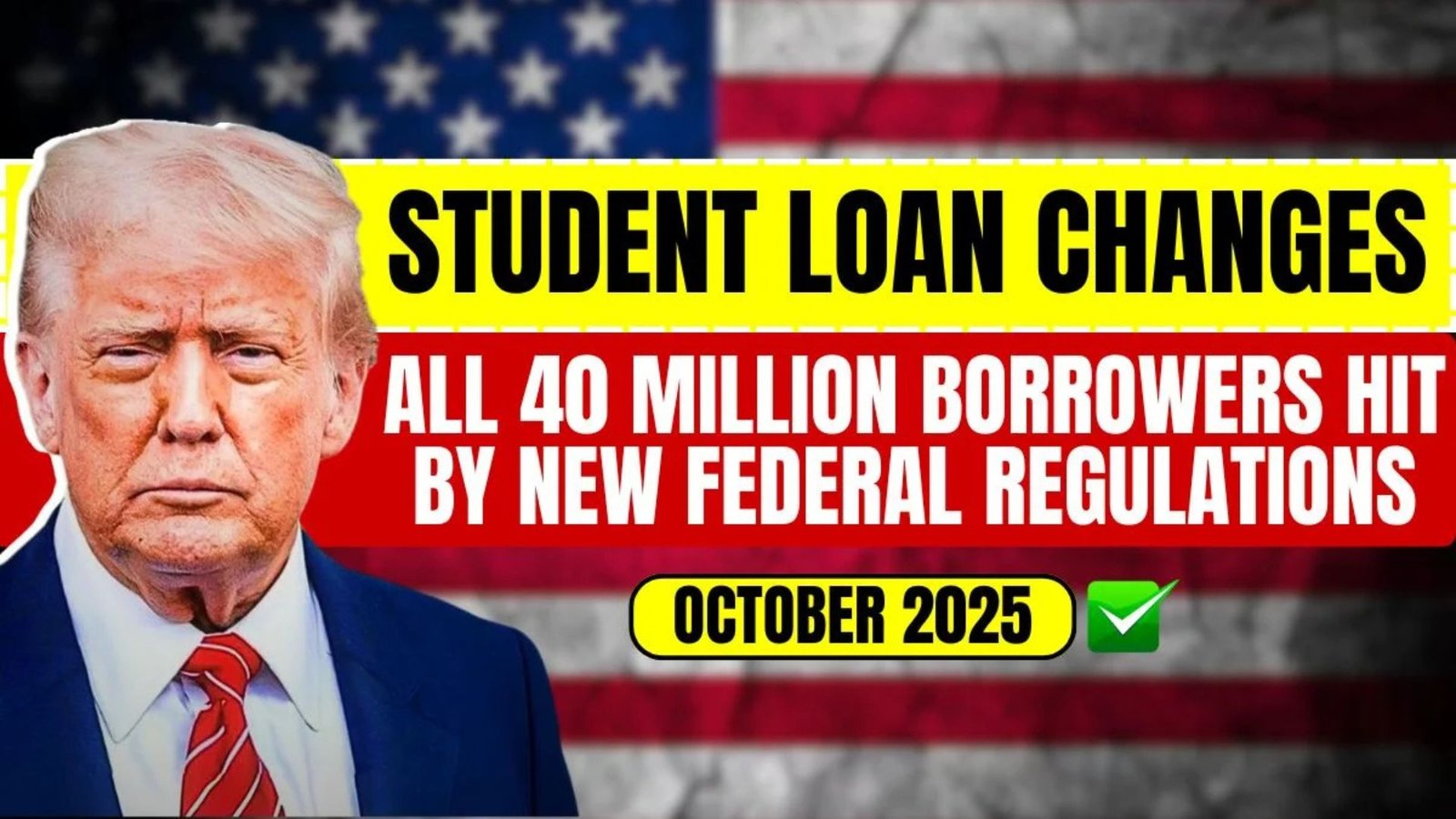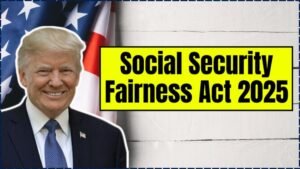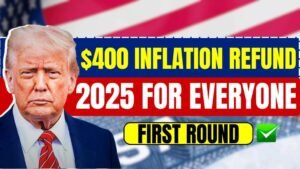If you’re one of the 40 million Americans drowning in student loans, October 2025 is bringing a whirlwind of changes that could flip your financial future upside down. Picture this: forgiven debt without a massive tax hit, tighter borrowing caps to prevent debt traps, and a total remake of how you pay back what you owe. These aren’t small tweaks—they’re game-changers straight from the One Big Beautiful Bill Act (OBBBA), signed into law earlier this year. But hold on: while some borrowers score big on forgiveness, others face stricter rules that could squeeze your wallet harder.
Don’t panic yet. This guide breaks it all down in plain English, so you can spot opportunities, dodge pitfalls, and take smart steps before it’s too late. Whether you’re fresh out of college or years into repayment, these student loan changes in October 2025 demand your attention. Let’s dive in and unpack how these new federal regulations reshape the $1.6 trillion debt monster affecting everyday folks like you.
What Sparked These Massive Student Loan Shifts?
The One Big Beautiful Bill Act—a huge budget package passed by Congress and signed by President Trump on July 4, 2025—is the driving force behind it all. This law aims to cut federal spending by $350 billion over the next decade, partly by revamping how student loans work. It’s like a reset button on higher education funding, targeting waste while promising more accountability.
Why now? After years of pandemic pauses and easy forgiveness programs, lawmakers want “fiscal discipline.” But critics worry it could make college tougher for middle-class families. The U.S. Department of Education (ED) kicked off the Reimagining and Improving Student Education (RISE) committee in early October to hammer out the details. Sessions ran from September 29 to October 3, with more set for November 3-7. Amid a government shutdown starting October 1 (furloughing 87% of ED staff), things are moving slower—but payments are still due, and no one’s off the hook.
These rules hit all 40 million borrowers because they touch everything from new loans to old debts. Good news? Some forgiveness ramps up. Bad news? Defaults could spike, with 10 million at risk by year’s end.
Key Student Loan Changes Hitting in October 2025
October isn’t just spooky—it’s shaking up your loan game. Here’s the scoop on the biggest shifts, explained simply without the jargon.
H2: Forgiveness Gets a Boost – But Watch the Tax Clock
Big win for public servants and long-haul payers: The Trump administration settled a lawsuit with the American Federation of Teachers (AFT) on October 17, agreeing to resume loan cancellations under older income-driven plans like Income-Based Repayment (IBR), Income-Contingent Repayment (ICR), and Pay As You Earn (PAYE). This affects over 2 million borrowers who’ve paid for 20-25 years.
- What’s new? Eligible folks get refunds for overpaid amounts, and the ED must update statuses regularly. Most discharges process within two weeks of October 21—no more waiting games.
- Tax twist: Forgiven debt stays tax-free through 2025 (thanks to prior relief laws). But starting January 2026, it could count as income, slapping you with a surprise bill. Pro tip: If forgiveness looms, aim to wrap it up this year.
The SAVE plan? It’s toast. Blocked by courts and now ended by new rules, its 8 million users must switch by July 2028 or default to a basic income-based option. For now, SAVE folks are in forbearance (no payments, no interest)—but that ends around October 31. Interest restarts August 1, so balances could balloon.
Repayment Plans Overhauled – Fewer Choices, Stricter Rules
Say goodbye to plan overload. The OBBBA slashes options to just two main tracks for new loans after July 1, 2026: a standard 10-year fixed plan and the new Repayment Assistance Plan (RAP), an income-based setup with forgiveness after 30 years.
- For current borrowers: Stick with your plan until 2028, then pick or get auto-enrolled in RAP.
- Tightened breaks: Newbies lose “economic hardship” or “unemployment” deferments. Forbearance? Capped at 9 months every two years to stop endless pauses.
Collections roar back too. Defaulted loans (paused since 2020) face wage cuts and tax refund grabs starting May 2025. With shutdown delays, expect hiccups—but don’t skip payments; they’re still processed.
Borrowing Caps Tighten – No More Debt Spirals
Future students, listen up: The feds are slamming the brakes on easy money.
- Undergrads: Annual aid (loans + Pell Grants) capped at the median U.S. college cost for your program—no more unlimited grabs.
- Grad students: Direct loans limited to $20,500/year for most, $50,000 for pros like doctors or lawyers.
- Parents: PLUS loans restricted unless kids max out their limits first, with a $50,000 lifetime cap per child.
Schools must prove programs pay off too—or lose loan access. If grads don’t earn more than non-degree holders for two of three years, poof—Direct Loans gone. This “risk-sharing” makes colleges sweat, potentially hiking tuition or cutting low-earn majors.
How These Changes Impact You: A Quick Breakdown Table
Wondering if you’re a winner or loser? This table sums up the hits and misses for different folks.
| Borrower Type | Biggest Impact | Opportunity | Risk | Action Step |
|---|---|---|---|---|
| New Undergrad (2025+) | Borrowing capped at median costs | More Pell for short workforce training | Fewer deferments; potential program cuts | Compare school costs vs. earnings before enrolling |
| Current SAVE User (8M people) | Forbearance ends Oct 31; switch required | RAP forgiveness after 30 years | Interest accrual; default if no switch | Log into StudentAid.gov by Nov 1 to pick a plan |
| Public Service Worker | PSLF now counts RAP payments | Faster forgiveness restarts Oct 21 | Tax bomb in 2026 | Apply for PSLF certification now; track 120 payments |
| Parent Borrower | PLUS loans capped at $50K lifetime | Less debt for kids | Wage garnishment on defaults | Refinance to private if over cap; budget family aid |
| Default Risk (10M borrowers) | Collections resume May 2025 | Some forgiveness if eligible | Tax refunds seized | Get rehab plan via servicer; call 1-800-4-FED-AID |
This snapshot shows the balance: Relief for qualifiers, hurdles for others. Total word count so far? We’re building to that sweet 600-800 spot.
Pros and Cons: Is This Reform a Lifesaver or a Headache?
Pros: It curbs runaway debt (hello, $1.6T crisis) and boosts accountability—schools now eat costs for bad outcomes. Expanded Pell for quick job training? A nod to real-world skills over endless degrees. Plus, $500M extra for ED ops in 2025-2026 smooths the transition.
Cons: Fewer plans mean one-size-fits-all pain. Tax relief ending? Ouch for forgiveness chasers. And with 45 million total borrowers (not just 40M actives), defaults could surge, hitting credit scores and job hunts.
Experts like those at the Bipartisan Policy Center say it’s a “litmus test”—will it make college sustainable, or widen gaps? For now, it’s pushing private loans (riskier, less forgiving) as a backup.
Your Next Moves: 5 Easy Steps to Protect Your Wallet
- Check your status: Head to StudentAid.gov—log in, download records, update contacts. It’s free and takes 10 minutes.
- Pick a plan ASAP: If in SAVE, switch to IBR or PAYE before November. Use the Loan Simulator tool for what-ifs.
- Hunt forgiveness: PSLF or IDR eligible? Certify employment now. Aim for pre-2026 discharge to skip taxes.
- Budget for bumps: With interest back, use apps like Mint to track. Explore employer aid or side gigs.
- Stay informed: Follow ED announcements (despite shutdown snags). Join borrower forums for real talk.
These student loan changes in October 2025 aren’t just policy wonk stuff—they’re your money, your stress, your fresh start. By acting now, you turn chaos into control. Got questions? Drop a comment below or chat with a free advisor at the Federal Student Aid hotline. You’ve got this—here’s to debt-free days ahead!




